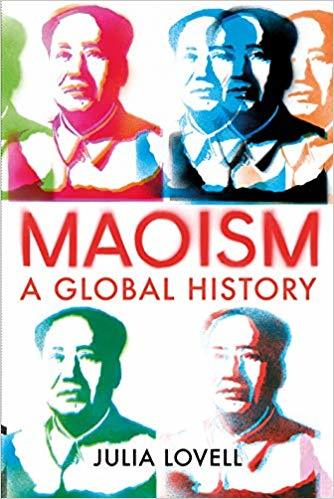What do you think?
Rate this book


624 pages, Hardcover
First published March 14, 2019




[O]ver the long term, enthusiasm for the Cultural Revolution splintered the radical left and assisted neo-conservatives in consolidating power from the 1980s. One outcome of the instability of the late 1960s in the US and parts of Europe was the gradual shifting of consensus in favour of order and established power on the right – paving the road to Ronald Reagan and Margaret Thatcher – a trend that has not significantly reversed itself since.